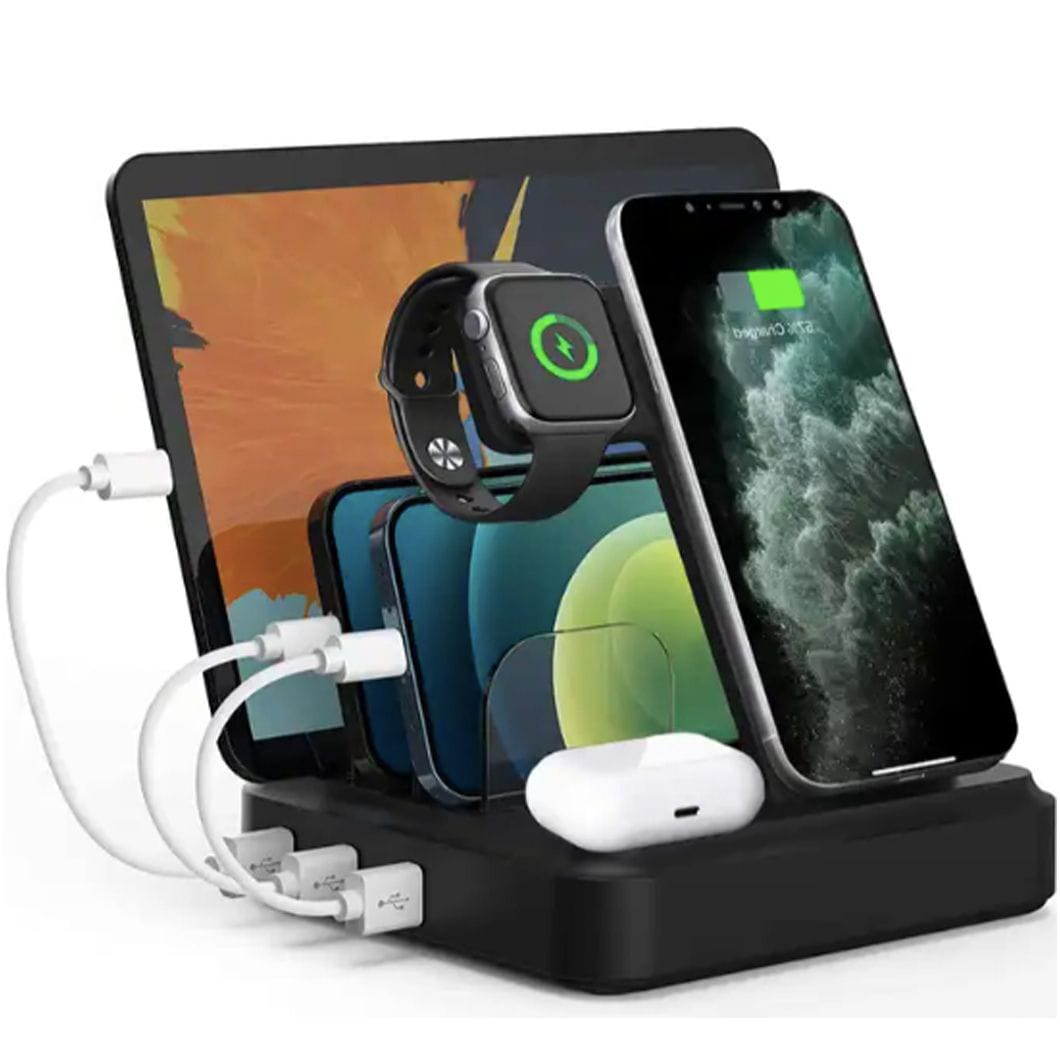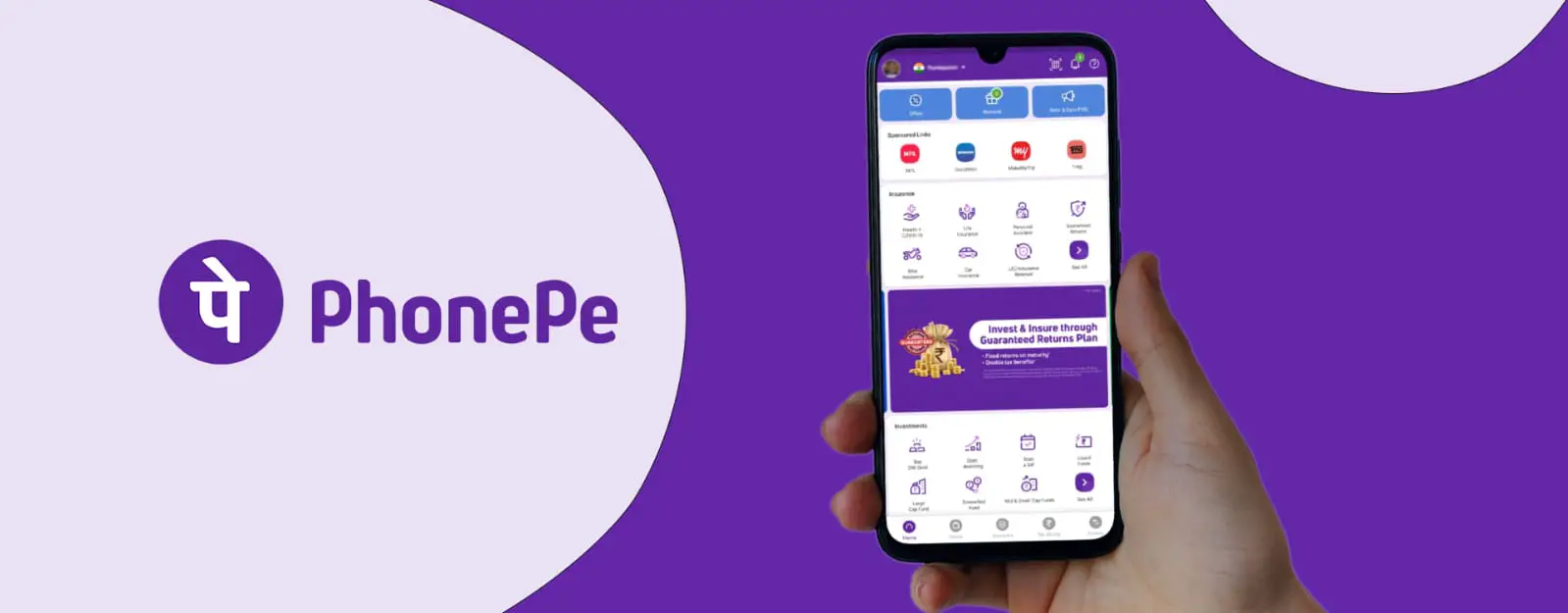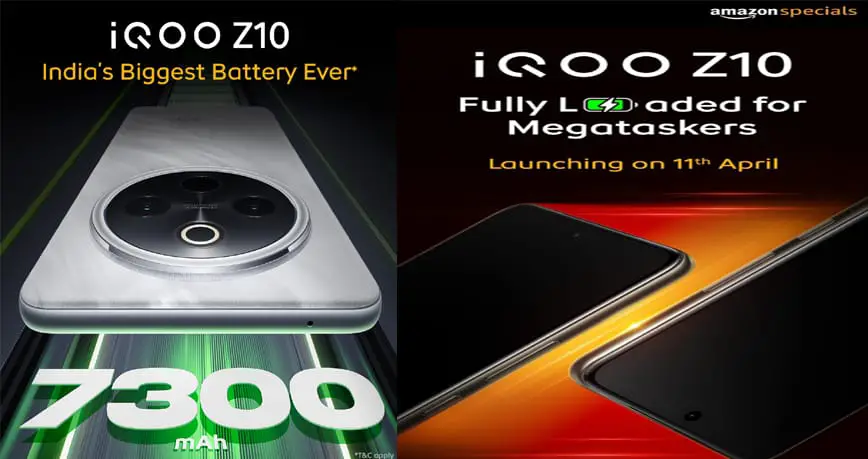Today’s smart phone packages a potpourri of wireless technologies and applications, and many more are being considered to become integral parts of smart phones. In fact, the use of a smart phone is actually driven by the convergence of various network infrastructures of computing and communications. In addition, we will see functional components of some consumer electronics devices on a smart phone, as well as mobile applications that bridge these otherwise independent components: computing, communications and consumer electronics (3C). In addition, the computing and communications environment is moving to interact with the physical environment or even become a part of it. Looking ahead several years, we can envision the convergence of computing, communications and consumer electronics, digital convergence in a comprehensive way, with the smart phone as the front end – as the universal mobile terminal. No doubt this vision of next-generation mobile computing is a challenge for the design of a smart phone and its applications, as well as for enhancing networking infrastructure issues.
Convergence of Computing and Communications
The future of communications, as many industry professionals envision, will involve the convergence of computing and communications in nearly every aspect of information technology, thus allowing anytime, anywhere information access from any device. This trend will have a huge impact on everyday life and the operations of enterprises, organizations, and government. The untethered world of tomorrow will involve advancements in emerging mobile wireless communication networks (infrastructure), intelligent mobile devices (terminals), and novel valuable services and applications (applications).
With regard to network infrastructure, the remarkable progress in link bandwidths of wired networks over the past 10 years is an excellent example of how technologies can evolve beyond our expectations. Remember that the early 10-Mbps Ethernet used coaxial cable and twisted pair cable, and then came 100-Mbps Fast Ethernet, Gigabit Ethernet and today’s OC192 10-Gbps fiber in the Internet backbone.
Network access evolved from 14.4-kbp or 33.6-kbp modems to 64-kbp integrated services digital network (ISDN) channels to ADSL and cable modems and soon to wireless LANs and WiMAX. Wired networks not only supply a higher link capacity but have also managed to reach almost everywhere in the world. More people are connected through computer networks than ever before. Similarly, wireless networks, despite the current poor bandwidth of data transmission, are likely to follow the same journey of wired networks with respect to link data rate and scale.
In fact, wireless networks are set to have a greater impact on our society than wired networks. Traditional voice-centric, circuit-switching, cellular networks are being replaced by data-centric, packet-switching 2.5G and 3G networks. Wireless LANs are being deployed in office buildings, residences, hotels, coffee shops, restaurants, and airports. WiMAX, arguably a better “last-mile” solution for wireless broadband network access than cable modem or DSL, is likely to be rolled out on a large scale very soon; satellite digital television and radio are reaching an increasing number of subscribers. All of these wireless networks, combined with the underlying wired network, provide mobility and portability with sufficiently large bandwidth and high-quality wireless data transmission.
With regard to the mobile terminal aspect, it is clear that a mobile device will no longer be regarded as simply a communications handset; rather, by providing more powerful computing features such as high-performance mobile processors and large flash memory, a mobile device will be able to perform more intensive and intelligent computing tasks such as multimedia processing and data logistics. In particular, cell phones and PDAs are beginning to converge into a single device – a smart phone – that provides a complete set of applications, including the necessary customized wireless communications features and computing components, seamlessly integrated for a new collection of business and consumer applications. For example, a smart phone may be able to use voice over wireless LAN to allow long-distance calls and roaming between wireless LAN and cellular networks.
In addition, a user may play a location-based, multiplayer mobile game via Bluetooth during a boring conference session; the locations of gamers can be determined using the smart phone’s location-sensing capability. For example, location sensing systems can use radio-frequency identification (RFID) readers, and RFIDs embedded in conference badges. In fact, some of these applications have already been demonstrated by researchers using customized phone devices. In fact, the converged universal mobile terminal provides an open and powerful platform for ubiquitous computing and communications to facilitate a variety of applications that could not otherwise be realized.
No matter how the network infrastructure is built and how the converging devices are designed and manufactured, the technology must include the desired applications and services for users to reach. To this end, mobile network operators, service providers, and software providers must design applications and services that people actually want. Furthermore, the convergence of communications and computing makes applications and services more complex in terms of interfacing heterogenous networks and dealing with interconnections between different computing units. Nevertheless, many believe that as the enabling wireless technologies continue to mature, the “killer apps” offered by next-generation mobile wireless networks will eventually surface to enjoy widespread acceptance.
In addition to the convergence of computing and communications, a broader vision of convergence, dubbed digital convergence, paints an ambitious picture of the future wireless world. In this vision, not only the computing (computers, data networks, and software vendors) and communications (wireless networks and service providers) industries are involved, but also the consumer-electronics industry. Digital convergence involves the same opportunities and challenges as mobile computing, but creates many more that could eventually transform all three of these industries. As an example, imagine a home network where computers, televisions, DVD players, game devices, mobile phones, and cordless phones are all connected to a wireless network for communication.
Pervasive computing
Existing mobile and wireless technologies are, and continue to be, the main building blocks of mobile applications and services; however, an entirely new array of wireless technologies has already emerged from leading academics and research laboratories. As a result, new visions of the future of computing blur the boundaries of the human environment and the computer to produce pervasive or ubiquitous computing. Some researchers have considered the “anytime, anywhere” goal of mobile computing as a reactive approach to the need for information access, while pervasive computing is considered as a proactive approach with a vision of “everywhere all the time”.
The fundamental difference between pervasive computing and any other computing framework is the way the user interacts with the computing facility. Traditional computing frameworks allow users to use computers and networks to perform tasks by running a program (a piece of software) in a virtual logic environment that has nothing to do with the users’ physical environment. In contrast, pervasive computing promises to create software, devices, and networks that are deeply embedded in the user’s physical environment. In fact, users may not even notice that they are dealing with a computing environment because the facilities are seamlessly and naturally integrated with the physical environment.
In addition to those technologies in the domain of mobile computing, the development of new enabling technologies for pervasive computing is attracting the attention of researchers and practitioners. Some examples include wireless sensors, actuators, wireless sensor networks, wearable computers, and large with flexible displays. A unique characteristic of pervasive computing is that its applications and services should disappear into the physical environment, as Mark Weiser envisioned more than 20 years ago. Whether accomplishing this is a holy grail or an achievable reality may remain a matter of debate for the long time needed for pervasive computing to mature
In the context of pervasive computing, smart phones may assume even more tightly integrated functionality than in the context of mobile computing. As a universal mobile terminal, the smart phone, augmented by ubiquitous, heterogeneous, and always-on wireless communications and intelligent sensing of both the device and the environment, will eventually become an integral part of the physical environment. This article discusses mobile wireless technologies, issues, challenges, and innovative applications and services related to smart-phones in the context of mobile computing and pervasive computing.
Read Also:
- Introduction To Smart Phones And Mobile Computing
- Samsung Smart Phones
- Rapid Growth of Smartphones and Gaming Review
- Study On The Rapidly Growing Influence Of Smartphones In China’s Mobile Gaming Industry
- 60 Good and Bad Effects Of Smartphones On Our Social Lives
- Mobile Phones Risks On Health
- Infinix Budget Smartphone Note 50x Launched: It Has 6.77 Inch HD+ Display, 50MP Main Camera And 5500mah Battery; Starting Price ₹11,499
- Samsung A-Series Cheap Phone Launched, AI Features Like Circle-To-Search: Smartphone Has 50MP OIS Camera And 5000mah Battery, Price Starts From ₹24,999
- Something About Google Mobile Phones
- IQOO NEO 10R review: Affordable Gaming Smartphone That Won’t Leave A Hole In Your Pocket
- History Of Cell Phones
- The Collapse Of Nokia Company Mobile Phones








Leave a Reply